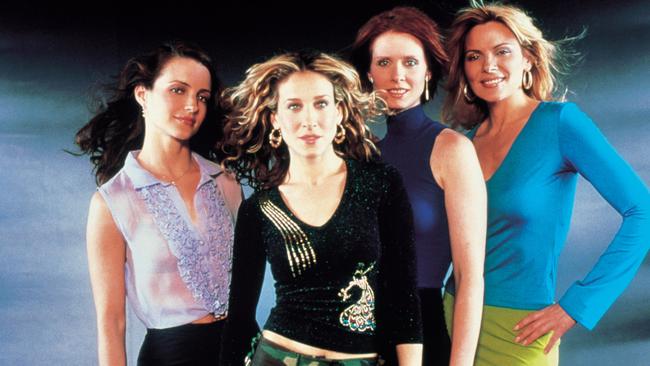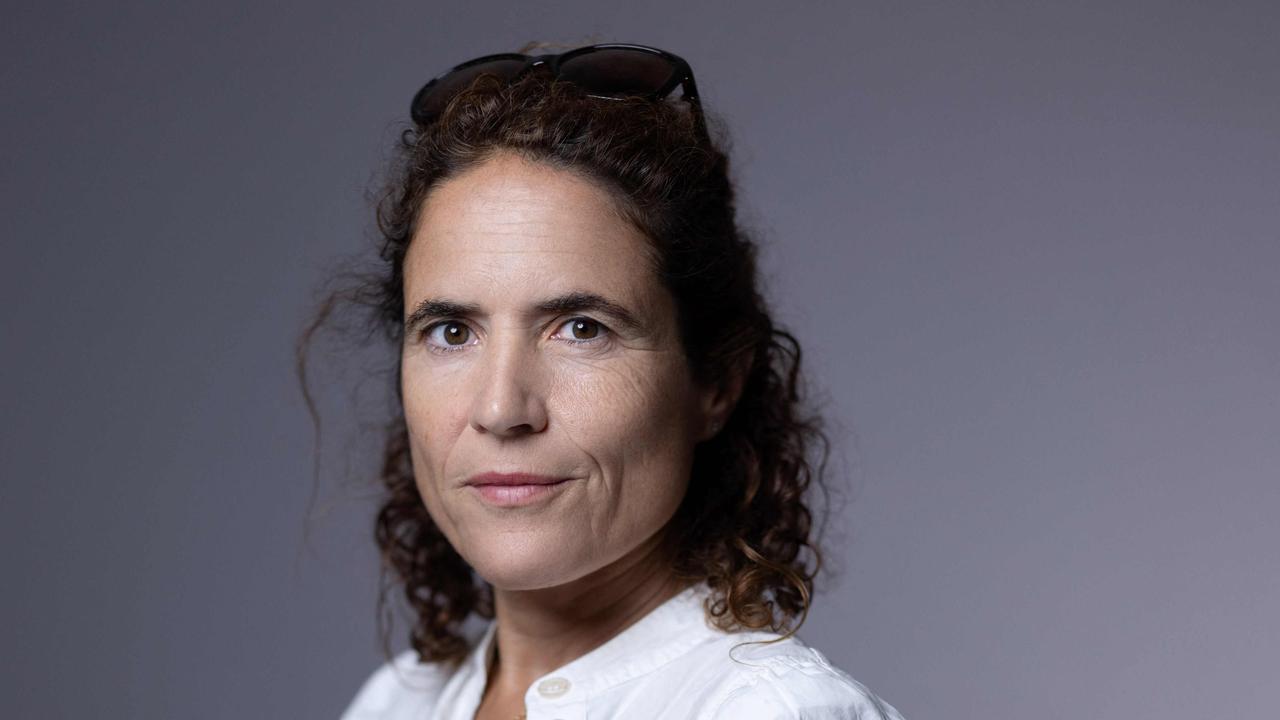Betty Halbreich was New York’s personal shopper to the stars
Renowned as a personal shopper at Bergdorf Goodman, Betty Halbreich was a consultant to the stars and well-heeled women of New York.

Well-heeled shoppers who patronised Betty Halbreich’s office on the second floor of New York department store Bergdorf Goodman came to expect a mix of eviscerating candour and warm intimacy from the world-famous personal shopper.
A svelte woman with short silver hair and fistfuls of pearls around her neck, Halbreich was well known for her savvy but blunt advice. “People walk in and think: I hear she’s a bitch, she’s got a sharp tongue, blah blah blah,” she said in her throaty voice (she had been a heavy smoker). “Very often I pull off their dress before they even see themselves in it. I say to them, ‘Trust me, it’s dreadful. Dreadful’.” One designer once overheard her talk a client out of a dress then suddenly change her mind. “Buy it,” she said. “It’s not as terrible as what you came in with.”
Despite her peppery remarks, Halbreich saw what she did as “lay therapy” and prided herself on being a good listener. When a client confided that her husband was dying, Halbreich reportedly sourced tabs that could be attached to zips so she could get into dresses by herself. When another disclosed that her husband was having an affair with a younger woman, Halbreich found an outfit that made her client look youthful and elegant. “In the simple act of disrobing, a woman bares her soul, and I am there as a witness,” she said. “Stripped of her clothes, she is very exposed. It is my job to make her comfortable with me and ultimately with herself.”
When she first arrived at Bergdorf Goodman in 1976, aged 49, she was given a job on the sales floor. “I was terrible,” she said. “I could sell the clothes, but I couldn’t write an order because I can’t add.”
One day Bergdorf’s chief executive, Ira Neimark, said: “Listen, Betty, we’re all very fond of you, but you’ve been here almost two years and you’ve never run up a sale.” Halbreich explained that she couldn’t do maths and suggested he give her a personal shopping order instead.

At Betty Halbreich’s Solutions, as it was called, grandes dames rubbed shoulders with oligarchs, teenage girls sent by their mothers, and corporate executives with no time to shop for themselves. When she came in every morning, Halbreich walked all eight floors of the store to survey the merchandise – she didn’t read fashion magazines – but she was “blind and deaf” to labels, choosing garments based on people’s “deep desires”.
There was no charge for her time and she wasn’t paid on commission, perhaps giving her licence to be so frank, but her office still drew in annual sales of $US2m to $3m ($3m-$4.5m), and regular visits from designers such as Michael Kors.
There was one rule: “I don’t take the second wife if I’ve dressed the first one, and I don’t take the mistress.” Nor did she entertain shopaholics, whom she served by declaring: “That’s enough, don’t buy any more – it’s over.”
She worked with stylists on Sex and the City, Gossip Girl, soap opera All My Children and Woody Allen films, as well as plays on Broadway, and she appeared in 2013 documentary Scatter My Ashes at Bergdorf’s.
“That’s when they discovered I was alive,” she said. “Did I know what I was getting into? Oh my God. But I do like vodka. Now the world knows it.”
Her more famous clients included a young Angela Lansbury, Meryl Streep, Candice Bergen, Liza Minnelli and Joan Rivers, who said of her: “She’s funny and she’s sharp and she hates everybody.”
Mia Farrow was one of the rare clients to reject a dress, “a little hundred-dollar Adele Simpson number”. That dress, Farrow said, could have fed a village in Biafra, to which Halbreich replied – she was a little out of touch, not just geographically speaking – “I don’t know where Biafra is!”.
The first thing Halbreich tended to tell people was that she was from Chicago, since most people assumed she was a New Yorker. She always saw herself as “Midwestern": she loved the green grass, the country and suburban life.
She was born Betty Ann Samuels in 1927, the only child of Morton and Carol (nee Freshman), who divorced soon after she was born. Betty was raised by her stepfather, Harry Stoll, the president of a Chicago department store.
Both were Jewish but embraced Christmas – her mother, a socialite famous for her hats and jewellery, and “smoking like a chimney”, loved beautiful things. They had cooks from Germany, Hungary, Austria and Ireland; she came of age during the Depression but the family never felt it. Her grandfather had made their money manufacturing radios.

After Stoll’s early death, Carol bought a bookshop on Chicago’s Gold Coast and Betty was raised mostly by a strict nursemaid. She was a solitary child and craved the attention of her mother, whom she idolised. Many of her early years were spent holed up in her closet trying on clothes.
She had ambitions to become a painter or cartoonist but in 1947, the year Dior launched his New Look, she married Sonny Halbreich, the good-looking son of a hotelier who went on to run a company that manufactured housecoats and bathrobes. She was 19.
The marriage was difficult: Sonny could be sullen and taciturn, especially after a drink, and on discovering his affairs Betty began a string of her own.
After their separation in the ’70s – they never divorced – she emerged from “a doll’s-house existence” and was admitted to a psychiatric hospital after having a nervous breakdown and cutting her wrist. Her second partner was Jim Dipple, the psychologist who had treated her.
After working in show rooms, including for Chester Weinberg and Geoffrey Beene, Halbreich was spotted by Neimark when at lunch with her mother in Chicago: Bergdorf’s chief executive was sitting at the next table with Dawn Mello, the company’s former fashion director. “When Ira saw me, he thought I was chic,” Halbreich recalled. “ ‘Get that girl’, he said.”
Her husband died in 2004 and Dipple several years later. She is survived by two children from her marriage: Kath and John.
Halbreich had an obsessive personality – in her mammoth closet she ordered her sweaters by weight and colour – and was fanatical about housekeeping. To relax she gave her kitchen floor “the best wash it’s ever had”.
She was still working, aged 96, in Bergdorf in May. “Most women are not very confident about dressing. I became their mirror. For me, that is the only thing I’ve ever been sure of.”
Betty Halbreich, personal shopper at Bergdorf Goodman. Born November 17, 1927; died August 24, 2024, aged 96.
The Times





